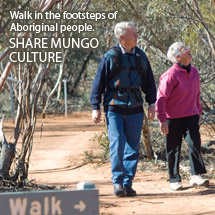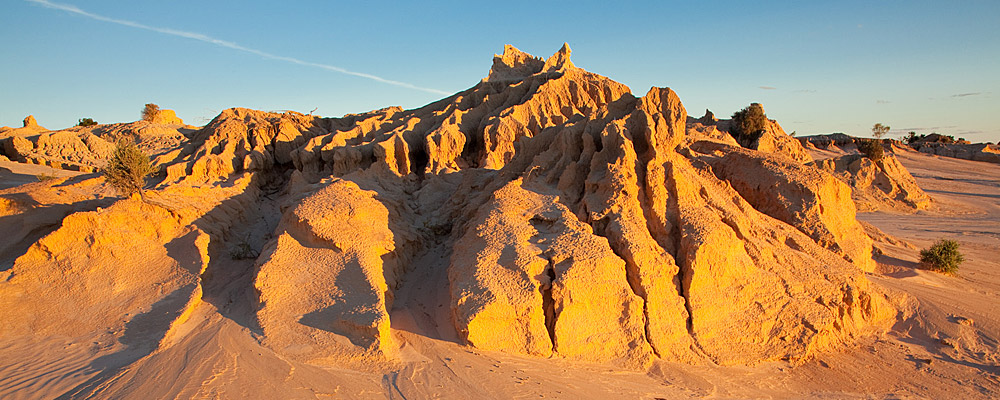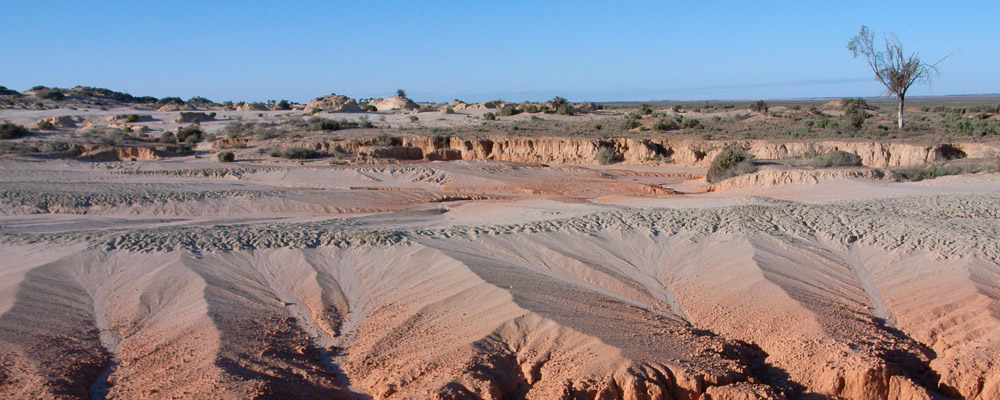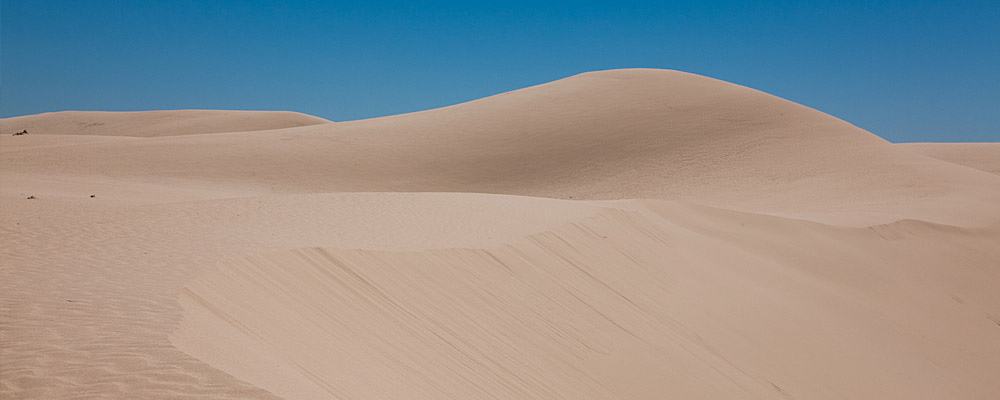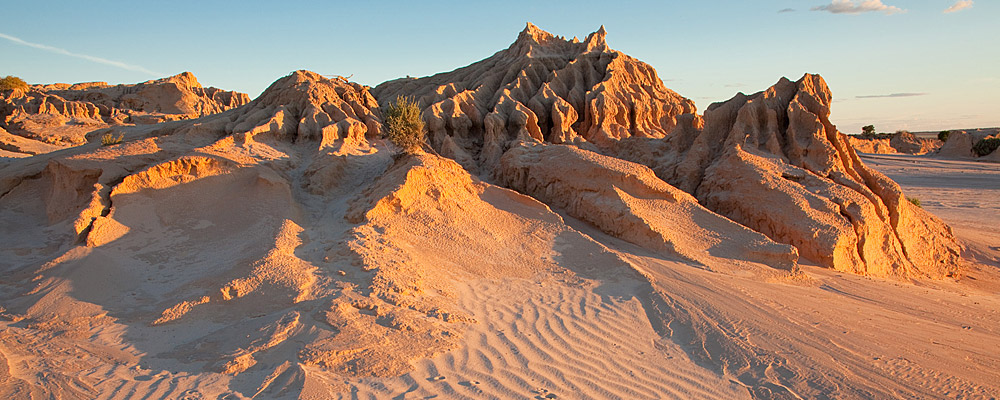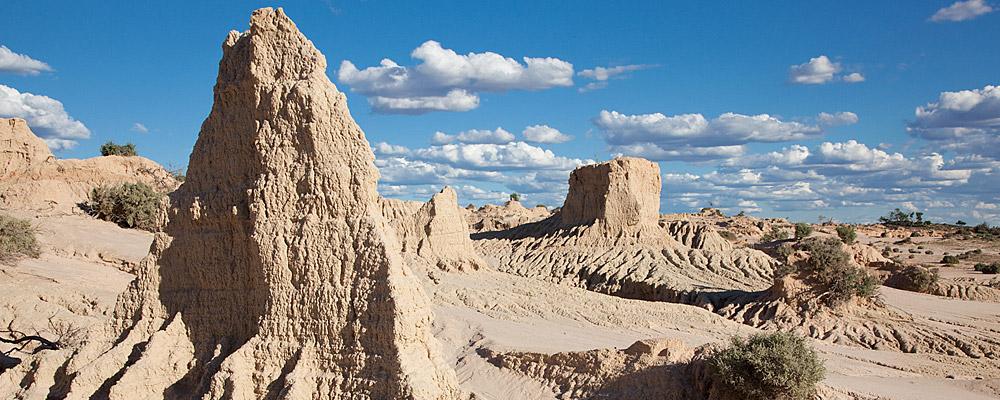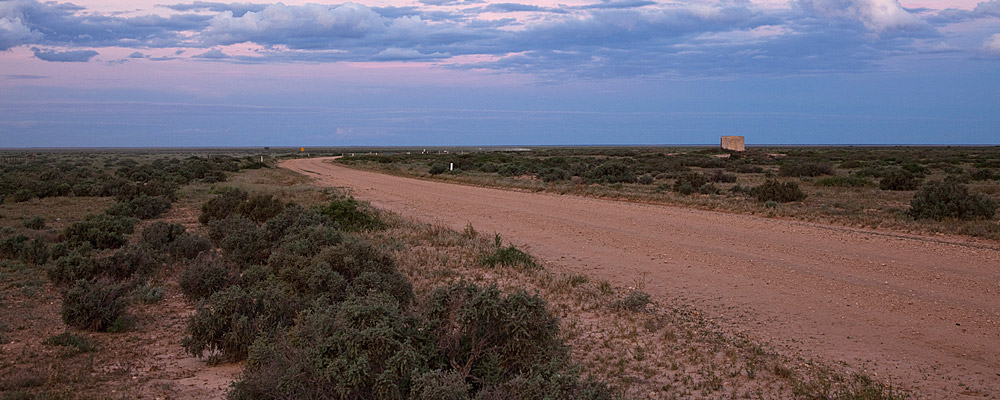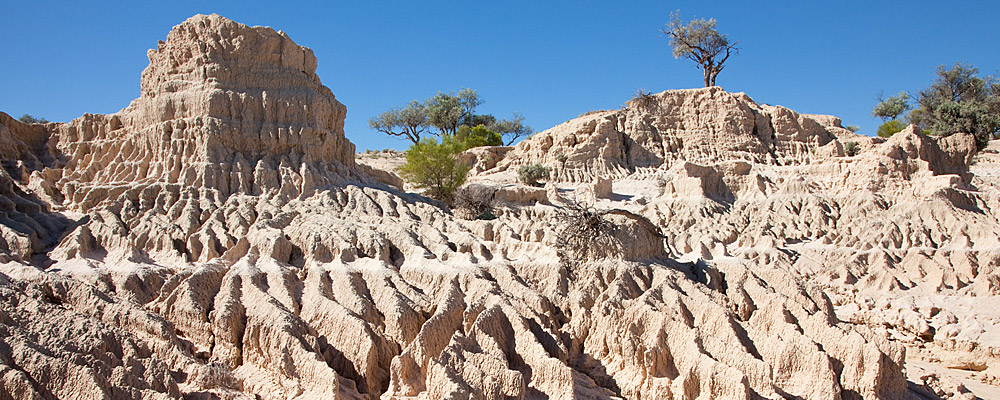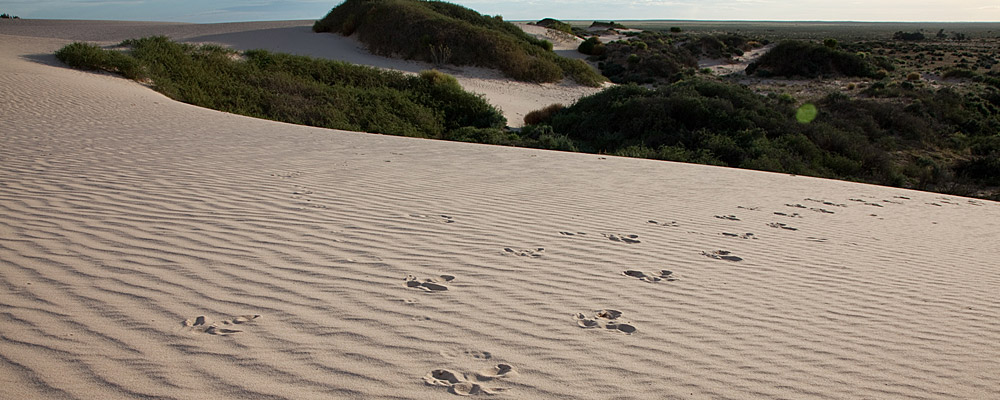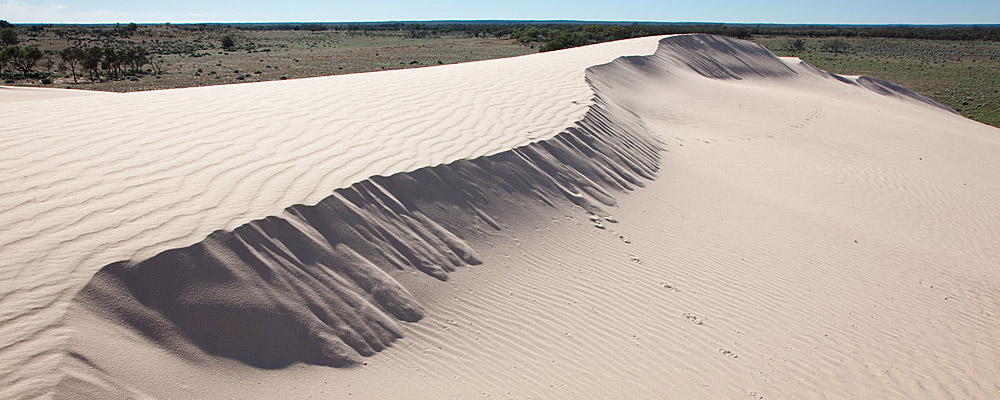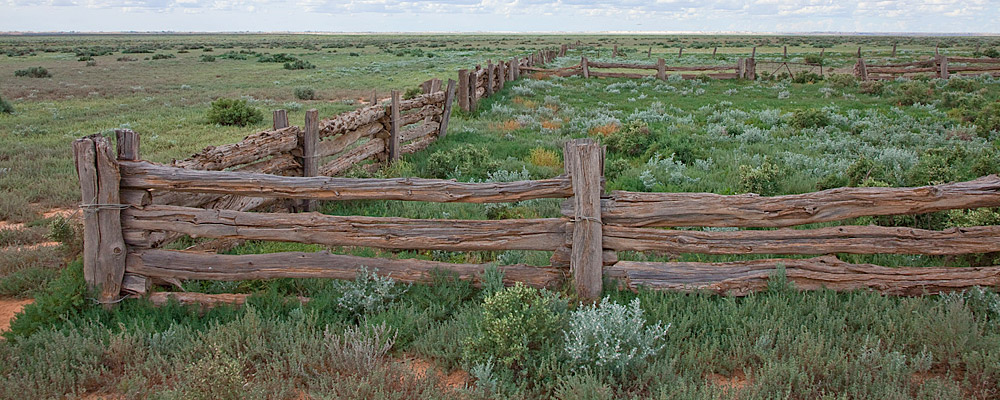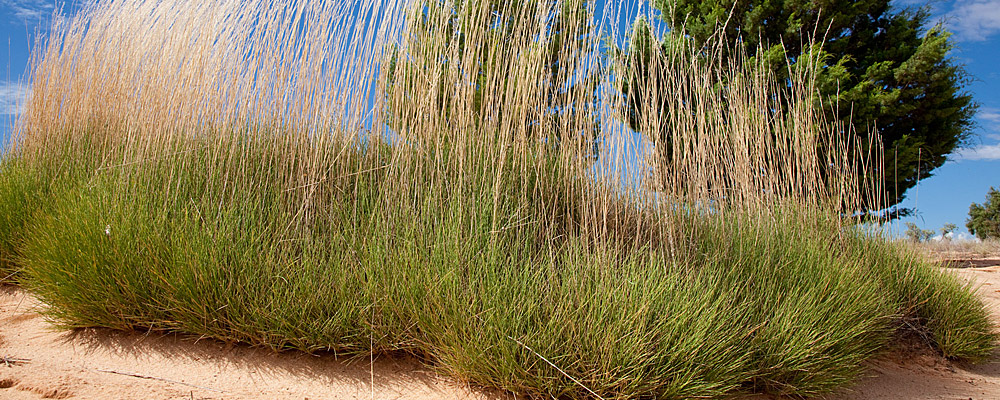Share Mungo Culture
The Three Tribal Groups
Traditional Lands
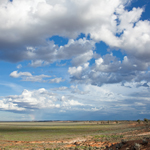
For the three tribal groups Mungo is a meeting place, where three traditional territories come together.
The Ngiyampaa (pronounced nee-yam-par) are dryland people. Ngiyampaa Country takes in the plains and rocky hills east of the Darling River, extending north from Willandra Creek.

The Paakantji (pronounced par-kan-tgee, and also written Barkintji) are river people. Paakantji Country extends along the Darling River, and associated floodplains and waterways from north of Broken Hill and Wilcannia to the Victorian border.
The Mutthi Mutthi (pronounced mutty-mutty) people belong to the Murray, Murrumbidgee and Lachlan Rivers. Mutthi Mutthi Country extends east and south from Willandra Lakes.
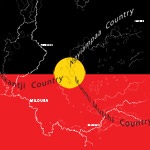
Aboriginal people have not been able to live permanently around the Willandra Lakes since the lakes dried up during the last glacial period. But archaeological evidence shows that people have maintained a seasonal presence, most likely when water was locally available. In more recent years Aboriginal people have lived and worked on pastoral stations in the area.
Today, Ngiyampaa, Mutthi Mutthi and Paakantji people mostly live in towns around the region, such as Ivanhoe, Wilcannia, Pooncarie, Wentworth, Dareton, Mildura, Euston, Balranald and Hay.
